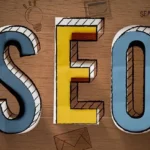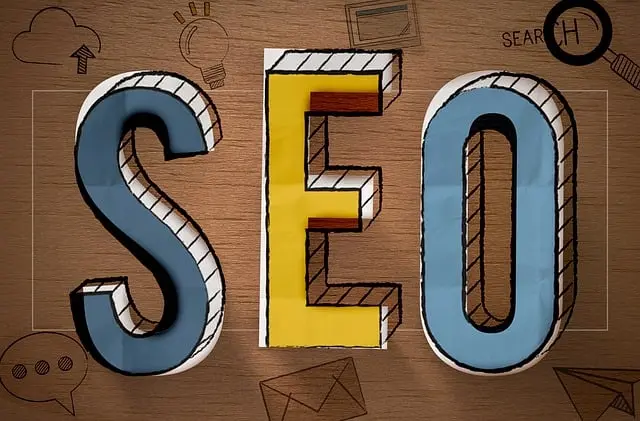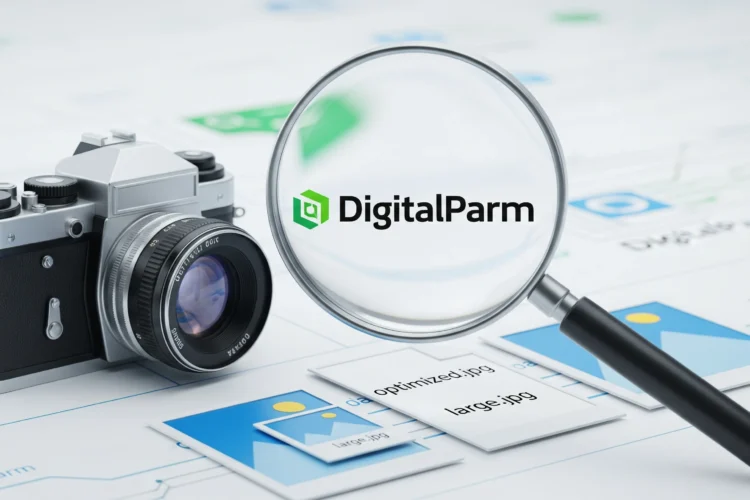
If you own a website, you probably want more people to visit it. But how do you make sure your site shows up on Google when someone searches for the services or products you offer? This is where SEO (Search Engine Optimization) comes in. And one of the most important parts of SEO is On-Page SEO.
In this blog, we will explain what On-Page SEO is, why it is so important, and how you can use it to grow your website traffic. Let’s dive in!
What is On-Page SEO?
On-Page SEO (also called on-site SEO) is the process of optimizing the content and elements of a webpage so that it can rank higher in search engines like Google, Bing, or Yahoo.
It means making changes directly on your website — like improving content, using the right keywords, writing clear titles, and making the website user-friendly.
In short:
👉 On-Page SEO = everything you do on your website to make it easier for Google and visitors to understand.
Key Elements of On-Page SEO
There are many factors that search engines look at when ranking a webpage. Here are the most important ones:
1. Title Tags
- A title tag is the headline that appears in Google search results.
- It should be clear, include your main keyword, and attract clicks.
- Example: Instead of writing “Home”, write “Affordable SEO Services in Raipur | Company Name”.
2. Meta Descriptions
- The short summary under the title in search results.
- A good meta description tells users what the page is about and encourages them to click.
- It should be 140–160 characters long and include your keyword naturally.
3. URL Structure
- URLs should be simple, short, and keyword-friendly.
- Example:
❌www.example.com/page?id=12345
✅www.example.com/seo-services
4. Headings (H1, H2, H3…)
- Headings break the content into parts and make it easier to read.
- Always use only one H1 (main heading) per page, and use H2 and H3 for subheadings.
5. Keyword Placement
- Use your keywords naturally in the title, headings, first paragraph, and throughout the content.
- Avoid keyword stuffing (overusing keywords unnaturally).
6. High-Quality Content
- Content is the heart of On-Page SEO.
- It should be original, helpful, and answer the user’s question.
- The longer and more valuable the content, the better chance it has to rank.
7. Internal Linking
- Link your page to other pages of your own website.
- Example: If you are writing about “On-Page SEO,” you can link to another blog like “What is Off-Page SEO?”.
- This helps Google understand the connection between your pages.
8. Image Optimization
- Use images to make content more attractive.
- Compress images so they load fast.
- Use descriptive file names and alt text with keywords (this helps Google read the image).
9. Mobile-Friendly Design
- More than 60% of users browse on mobile.
- If your website doesn’t look good or load well on mobile, Google won’t rank it high.
10. Page Speed
- A slow website can turn visitors away.
- Use tools like Google PageSpeed Insights to check and improve your site speed.
Why is On-Page SEO Important?
On-Page SEO is important because it directly affects how search engines and users see your website. Here’s why you should focus on it:
1. Better Rankings
Search engines use your page’s keywords, content, and structure to decide if it matches the search query. Good On-Page SEO makes it easier for Google to rank your website higher.
2. Increased Organic Traffic
When your pages rank higher, more people will find your site without you paying for ads.
3. Improved User Experience
On-Page SEO makes your site easy to read, navigate, and use. This keeps visitors on your website longer, reducing bounce rates.
4. Higher Click-Through Rate (CTR)
A well-optimized title and description encourage more clicks from Google results.
5. Long-Term Benefits
Unlike paid ads, the effects of On-Page SEO last for months or even years if you keep your content updated.
6. Builds Trust and Authority
When users find helpful content on your site, they see you as an expert in your field. Google also rewards trustworthy sites with better rankings.
Simple Steps to Do On-Page SEO
Here’s a step-by-step approach:
- Research Keywords – Use tools like Google Keyword Planner, Ubersuggest, or Ahrefs.
- Write SEO-Friendly Titles & Meta Descriptions – Always include keywords.
- Create High-Quality Content – Answer the questions your audience is searching for.
- Optimize Images – Use descriptive names, alt tags, and compress them.
- Improve Site Speed – Use caching, compress files, and choose a good hosting provider.
- Use Internal Links – Guide readers to related content.
- Make Website Mobile-Friendly – Test with Google’s mobile-friendly tool.
- Update Content Regularly – Fresh content performs better.

Example of Good On-Page SEO
Let’s say you own a bakery in Pune.
Instead of writing:
- Title: “Home”
- URL:
www.mybakery.com/page123 - Content: “We sell cakes and bread.”
You should write:
- Title: “Best Bakery in Pune | Fresh Cakes & Bread – My Bakery”
- URL:
www.mybakery.com/bakery-in-pune - Content: “Looking for the best bakery in Pune? At My Bakery, we offer fresh cakes, cookies, and bread made daily. Order online or visit our shop in Pune today!”
This way, both Google and users clearly understand your page.
Final Thoughts
On-Page SEO is the foundation of digital marketing success. Without it, even the best content may not reach the right audience. By focusing on titles, keywords, content quality, speed, and mobile-friendliness, you can improve both your Google rankings and your visitor’s experience.
If you haven’t started optimizing your website yet, now is the right time. Small improvements in On-Page SEO can bring big results over time.
10 FAQs About On-Page SEO
1. What is On-Page SEO in simple words?
On-Page SEO means improving your website content and structure so that it can rank higher in search engines.
2. Why is On-Page SEO important?
It helps search engines understand your website, brings more visitors, and improves user experience.
3. What is the difference between On-Page and Off-Page SEO?
- On-Page SEO = things you do on your website (content, titles, keywords).
- Off-Page SEO = things you do outside your website (backlinks, social media, guest posting).
4. What are the main elements of On-Page SEO?
Title tags, meta descriptions, headings, content, keywords, internal links, image optimization, and page speed.
5. How do I choose the right keywords?
Use keyword tools and pick words your customers search for, but with less competition.
6. How many keywords should I use on a page?
Focus on one main keyword and 2–3 related keywords. Don’t overuse them.
7. Does On-Page SEO improve rankings immediately?
No, SEO takes time. You may see results in 3–6 months with consistent efforts.
8. Can I do On-Page SEO myself?
Yes! With basic knowledge and free tools, anyone can start. For advanced results, you may hire an SEO expert.
9. How often should I update my website content?
At least every 3–6 months. Regular updates keep your content fresh and relevant.
10. Is On-Page SEO enough for ranking?
On-Page SEO is very important, but you also need Off-Page SEO (like backlinks) and Technical SEO for best results.





